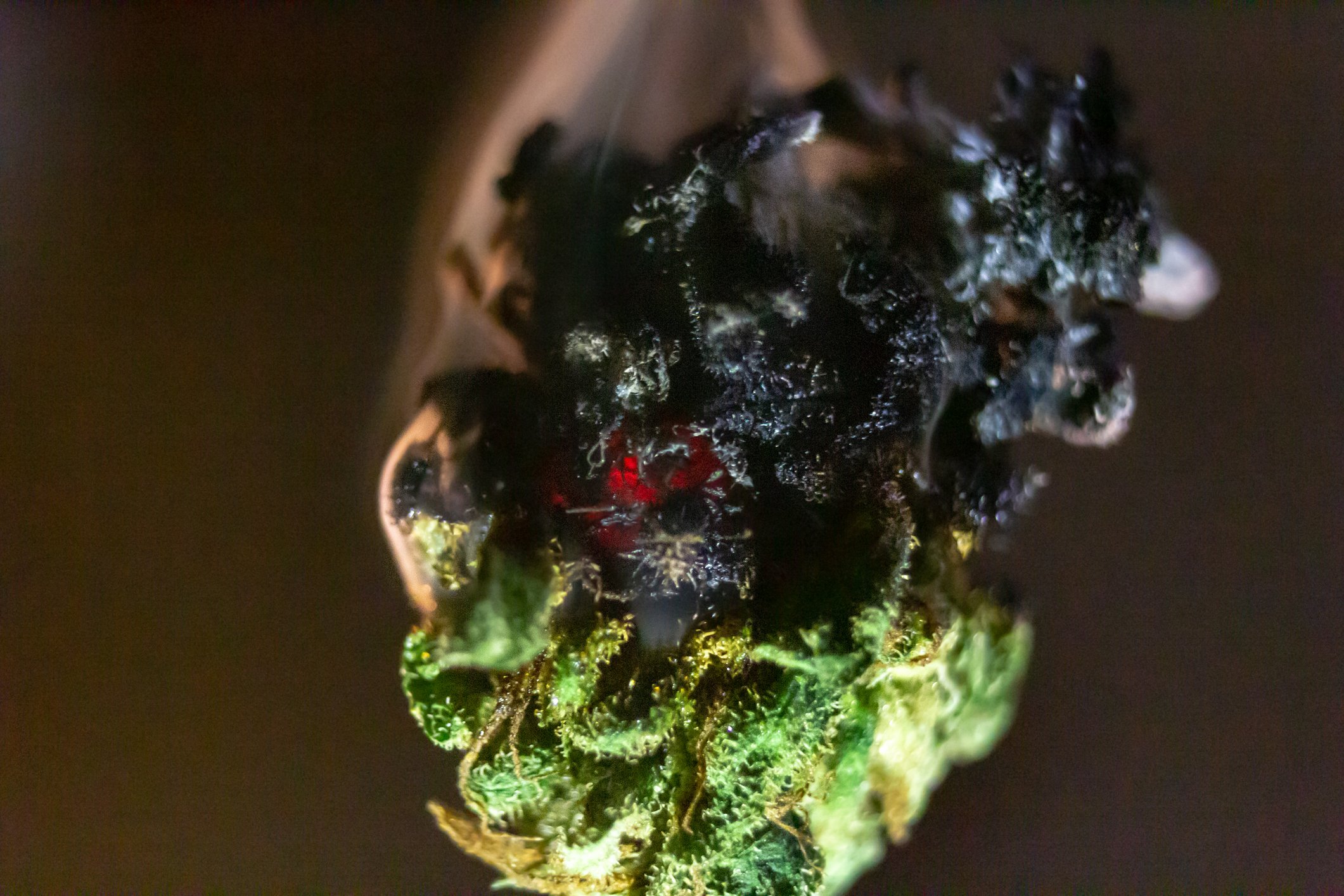For years, the marijuana industry has had investors seeing green. Early entrants into some of the biggest names in the industry have likely compiled triple- and quadruple-digit gains over a period of just three or four years. It's been pretty easy for Wall Street and investors to get excited about an industry that could flower from $3.4 billion in worldwide sales in 2014 to perhaps as much as $200 billion by 2030.
However, the past six-plus months have been a wake-up call for cannabis investors. Most pot stocks have had a significant chunk of their market caps erased as a host of challenges and growing pains have hit the North American marijuana industry. Worse yet, these macro issues are beginning to trickle down and impact companies on a more micro level, as you're about to see.

Image source: Getty Images.
Aleafia Health bids adieu to Aphria
Earlier this week, small-cap grower Aleafia Health (ALEAF +0.00%) announced that it had provided Aphria (APHA +0.00%), a top-three cultivator in Canada by peak production, with a formal notice of termination of a supply agreement the duo struck in Sept. 2018.
At the time of the announcement 13 months ago, Aphria agreed to supply Emblem, a company that Aleafia Health acquired in an all-stock deal in March 2019, with 175,000 kilos of wholesale cannabis over a five-year period. Aphria was to provide a mix of dried cannabis and cannabis oil, some of which would be processed at Emblem's Paris, Ontario facility into derivative pot products. As a reminder, derivatives will officially become legal on Oct. 17, 2019 and begin hitting dispensary store shelves by mid-December.
In return for the first initial shipment of 25,000 kilos, which was to be completed on May 1, 2019, Emblem was to issue a cash payment of 12.76 million Canadian dollars, as well as 6.95 million shares of its stock. The combined value of this cash and stock was about CA$22.8 million at the time. But according to Aleafia Health, Aphria has failed to meet its supply obligations, promoting the company to formally terminate the agreement.

Image source: Getty Images.
Prior to its acquisition by Aleafia Health, Emblem's grow sites were on pace for only 40,000 kilos of peak annual production. This meant Aphria's wholesale cannabis supply would have accounted for approximately 47% of total marijuana available for sale by Emblem over a five-year period (i.e., 175,000 kilos out of 375,000 kilos).
However, the combined entity, which included 98,000 kilos of peak annual output from Aleafia, upped the two companies to 138,000 kilos of maximum production. This additional output may have made the Aphria wholesale agreement expendable in the eyes of Aleafia's management team.
As for Aphria, it expects to produce 255,000 kilos a year when fully operational. Inclusive of a less-than-peak ramp up in 2019, the loss of this supply deal might account for around 15% of its total output over the next five years.
A macro problem is impacting on a micro level
However, the bigger issue here might just be the reason behind Aleafia Health's supply-agreement termination with Aphria -- namely, Aphria's inability to grow enough cannabis to honor its supply commitment to Emblem and Aleafia Health.
At the heart of the problem is regulatory agency Health Canada. Since day one of recreational legalization on Oct. 17, 2018, supply shortages have been an issue.
While some of the blame can certainly be placed on growers for commencing cultivation-facility construction far too late, a good chunk of the responsibility for this shortage can be placed on Health Canada and certain provinces. That's because Health Canada's stringent cultivation, processing, and sales review process is taking a lot of time and has, subsequently, resulted in an enormous backlog of applications. This means most growers, big and small, are waiting many months, if not more than a year, to get clearance to grow, process, and/or sell marijuana.

Image source: Getty Images.
In Aphria's case, its joint venture with Double Diamond Farms, known as Aphria Diamond, involves retrofitting vegetable-growing facilities for cannabis production. This can be done a lot faster and for a lot less money than building a pot-growing facility from the ground up.
Unfortunately, Aphria has been waiting more than a year for Health Canada to give its flagship facility, capable of 140,000 kilos of annual output, the green light. This lack of progress may have played a critical role in Aphria being unable to provide adequate supply to Aleafia and Emblem.
Aphria's woes bring to light the possibility that other supply agreements could become problematic in the future. For example, HEXO (HEXO +0.00%) is being leaned on to provide its home province of Quebec with 200,000 kilos of cannabis over the next five years. While it hasn't had the same approval woes as Aphria, HEXO hasn't exactly been generating a lot of cannabis, according to its quarterly reports. During HEXO's third quarter, it only produced 9,800 kilos and sold a mere 2,900 kilos. This is just one of many examples of substantive supply deals that could be difficult to honor, at least in the near term.
Making matters worse, there's no quick fix to Canada's supply issues. Even with Health Canada implementing a change to the cultivation application process, it's going to take numerous quarters before it works through its backlog. This suggests that supply issues throughout the country remain likely.
Suffice it to say that Aleafia Health's and Aphria's supply tie-up may not be the only major agreement to fall apart in the months that lie ahead.







